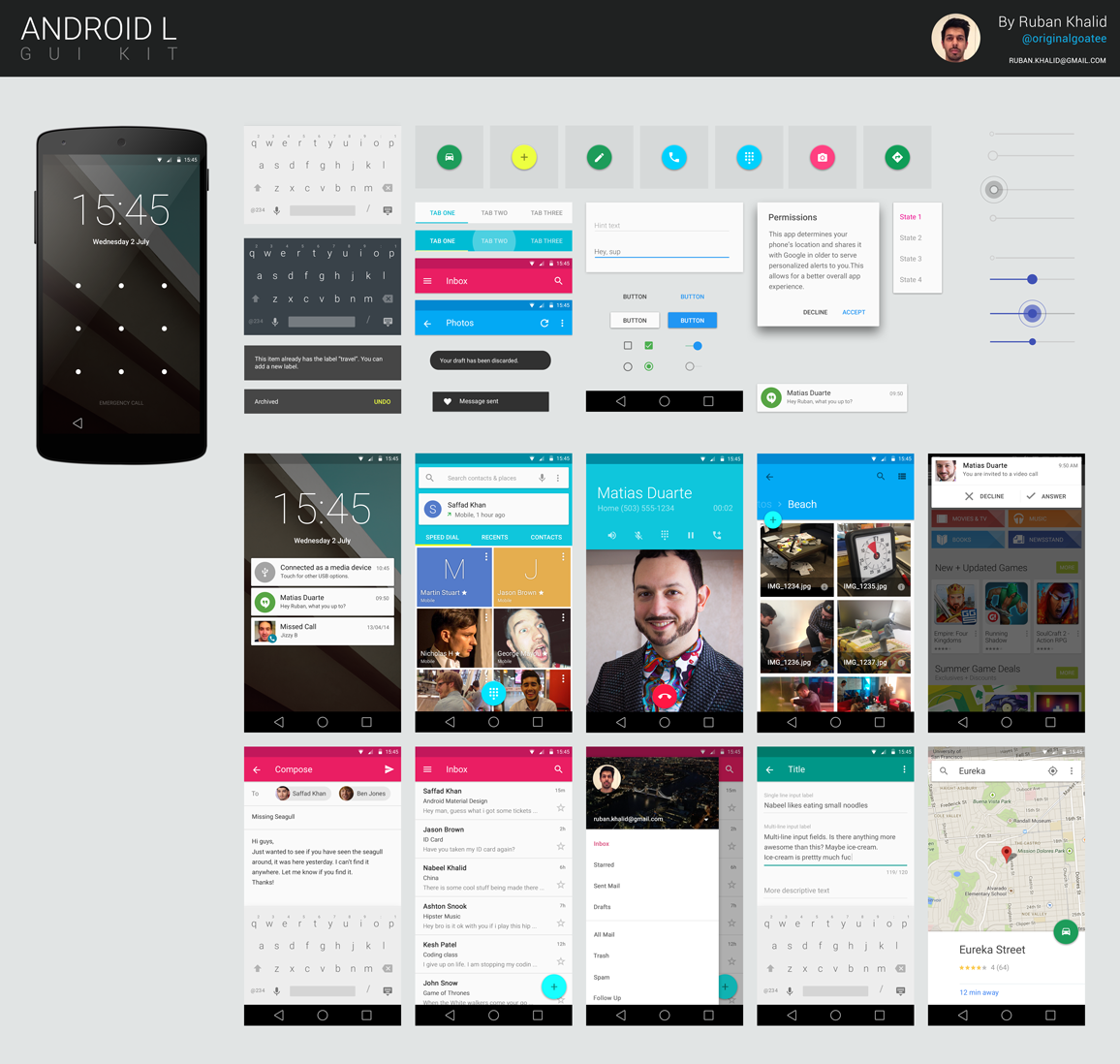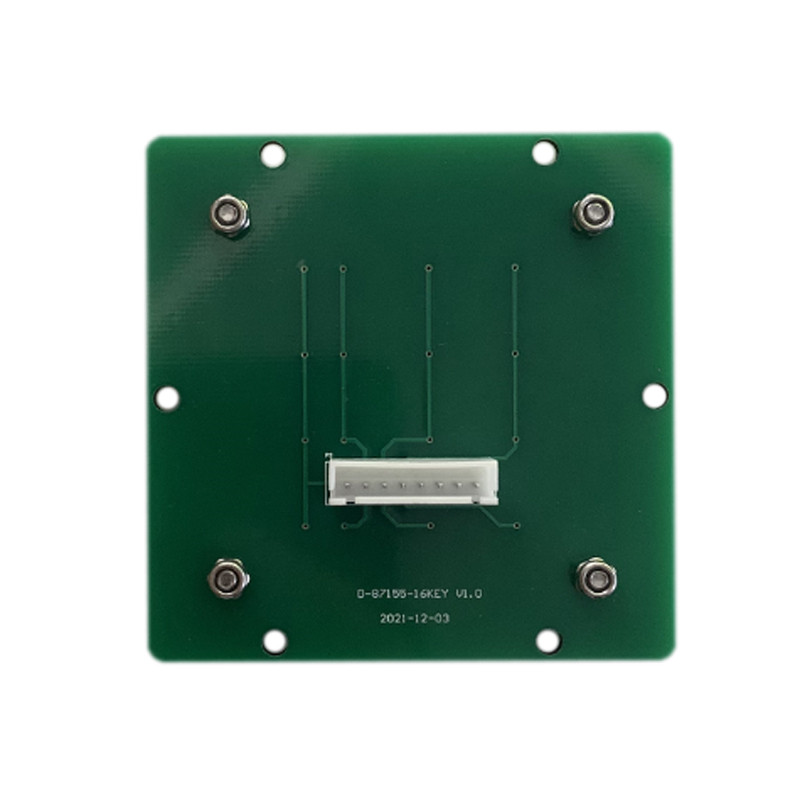

- CHANGE TO KEYPAD LAYOUT LOLLIPOP DRIVERS
- CHANGE TO KEYPAD LAYOUT LOLLIPOP FOR ANDROID
- CHANGE TO KEYPAD LAYOUT LOLLIPOP WINDOWS
In May 2017, Google announced support for Android app development in the Kotlin programming language, supported in Android Studio 3.0.
javax.xml, org.json, org,w3c.dom,, org.xmlpull:Īndroid supports a subset of JavaSE (no AWT and Swing). java.lang, java.io, java.nio, java.text, java.util. android.provider, ntent, android.database:. dia, android.speech, android.telephony:. PacketVideo's OpenCore: video/audio record and playback in various format. SQLite: a lightweight relational database system. SSL (Secure Socket Layer): for secure communications.  WebKit: for browser support (also used in Google's Chrome). Khronos Group's OpenGL ES: for 3D graphics support.
WebKit: for browser support (also used in Google's Chrome). Khronos Group's OpenGL ES: for 3D graphics support.  Google's Skia: for 2D graphics support (also used in Google's Chrome). All the XML files are compiled into binary files to improve the performance. dex".Īndroid 2.2 (Froyo) added a JIT (Just-in-time) compiler and Android 2.3 (Gingerbread) added a concurrent garbage collector to improve the runtime performance.Īndroid SDK uses XML file extensively. However, as a result, the DVM is not binary-compatible with Java Virtual Machine (JVM).
Google's Skia: for 2D graphics support (also used in Google's Chrome). All the XML files are compiled into binary files to improve the performance. dex".Īndroid 2.2 (Froyo) added a JIT (Just-in-time) compiler and Android 2.3 (Gingerbread) added a concurrent garbage collector to improve the runtime performance.Īndroid SDK uses XML file extensively. However, as a result, the DVM is not binary-compatible with Java Virtual Machine (JVM). 
By removing duplicate information among the Java classes, it reduces the resultant file size compared with the traditional JAR file. class") and combines them into one or more Dalvik Executable (". DVM takes the traditional Java classes (". Dalvik Virtual Machineĭalvik VM (DVM) was developed by Google, led by Dan Bornstein, to optimize the performance of Java applications on mobile devices with limited capabilities (Dalvik is actually the name of a town in Iceland).
CHANGE TO KEYPAD LAYOUT LOLLIPOP DRIVERS
The device drivers includes display, camera, keypad, flash memory, communications (GSM telephony, 3G, WiFi, bluetooth, Near-Field Contact-less communication), accessories (GPS, compass, accelerator), and etc. The Linux kernel is responsible for the OS functions, such as processor, memory, file, power management. The Android Platform Linux Kernel and Device Drivers A new version was created in 2019, with the introduction of Andriod 10 (Q) - and no more desserts. The mascot for Android is a little green robot, who is still nameless.
Android 12 (S) was released in October 2021.Īndroid platform is identified by two numbers: a version name ( x.y) and an API level number (a running integer starts from 1, which is used in the Android Market/Google Play to identify new version). Android 11 (R) was released in September 2020. Android 10 (Q) was released in September 2019. Android 9 (Pie) was released in August 2018. Android 8 (Oreo) was released in August 2017 and Android 8.1 in December 2017. Android 7 (Nougat) was released in August 2016 and Android 7.1 in October 2016. Android 6 (Marshmallow) was released in October 2015. Android 5 (Lollipop) was released in November 2014. Android 4.4 (Kitkat) was released in October 2013, which is optimized to run on a greater range of devices. It introduces the new features such as new Google search experience. Android 4.1 (Jelly Bean) was released in June 2012. Android 4.0 (Ice Cream Sandwich) was released in October 2011, which is the result of merging Honeycomb (3.1) and Gingerbread (2.3) to support both smart phones and tablets. Android 3.0 does not run on smart phones. Android 3.0 supports wide screen and multi-core processors, and USB peripherals. In March 2011, Google released Android SDK 3.0 (Honeycomb) - the first tablet-only Android platform. Android 2.3 (Gingerbread) added supports for the OpenGL ES 2.0, and a new concurrent garbage collector to the Dalvik VM. Android 2.2 (Froyo) added just-in-time (JIT)Ĭompilation to the Dalvik virtual machine, which greatly improves the performance. In October 2009, Google released Android SDK 2.0 (Éclair), which supports HTML 5, flash and multi-touch screens. Android 1.6 (Donut) introduced support for different screen resolutions. Android 1.5 (codenamed Cupcake - Android versions are codenamed after desserts) fixed this problem and including new features such as media recording and playback, widgets, and added supports to native codes. Android 1.x did not support soft keyboard and required physical keypad. In September 2008, Google released Android SDK 1.0, and placed it under open-source license. The Android beta version was released in November 2007. In 2007, a group of mobile handset producers and computing companies (including Google, Samsung, Motorola, Sony Ericsson, Intel, T-mobile, and Vodaphone) formed the Open Handset Alliance (OHA) to develop an open and non-proprietary mobile operating platform. and started to work on the Android platform, in particular the Dalvik Java Virtual Machine (JVM). In 2005, Google acquired a start-up called Android Inc. CHANGE TO KEYPAD LAYOUT LOLLIPOP WINDOWS
Android competes with Apple's iOS (for iPhone/iPad), RIM's Blackberry, Microsoft's Windows Phone, Symbian OS, and many other proprietary mobile OSes. Android is an Operating System for mobile devices developed by Google, which is built upon Linux kernel.








 0 kommentar(er)
0 kommentar(er)
